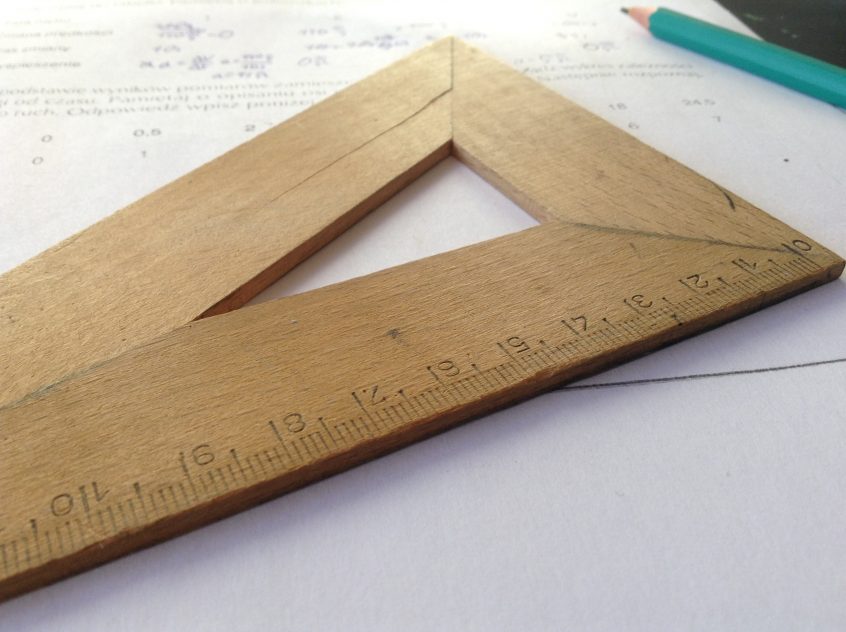When you think of savings goals, there’s a good chance you’re thinking about retirement. Or maybe sending your kids to college. We tend to think of savings goals as long-term. However, short-term savings goals can be just as important.
In fact, short-term savings goals are vital if you want to avoid getting caught up in the credit card debt that comes as a result of instant gratification. When you set savings targets with shorter terms in mind, you have the chance to develop good habits that will benefit you — and your budget — for years to come.
What Happens without Short-Term Savings Goals?
When you are ready to buy a new TV or laptop, what’s the first thing you do? Chances are, you reach for your credit card. After all, few of us have $800 to $1,500 just sitting in the checking account. For these somewhat small purchases, we regularly just spring for it with a credit card. And pay later.
Without shorter-term targets, it’s easy to get caught up in using credit cards without really planning for purchases. This can lead to long-term debt. At the very least, there’s a good chance you’re paying a lot more interest than you bargained for.
Rather than get caught up in this cycle, it makes sense to think about what might be coming up and then create a savings goal for those items.
Planning for Short-Term Goals
It can be difficult to save up for these types of goals. After all, it’s one thing to decide that you’ll go on a big vacation next year and then set aside $200 a month toward that goal. It’s another thing altogether to consider how you’ll save up for mid-sized purchases that you might make in three or four months.
But that’s just what you need to do.
First of all, think ahead to some of the things that might come up in the next couple months. I already know that I’ll probably be ready to buy a new iPhone in six months. It’s going to cost me about $600, so I know I need to set aside $100 a month until then — if I want to avoid credit card debt.
I also know that my son will need $200 to participate in an extracurricular science competition that takes place over the course of the next four months. I’ll need to come up with that $200 in the next month. Payment for my son’s concurrent enrollment tuition is also due. Keeping these multiple goals in mind, I have to pay attention.
This means that maybe we don’t go out to eat once a week for the next two months. Instead, we might go out to eat twice in the month. Or maybe, instead of cutting back, I decide to do take on a project for a new client.
Each week, I sit down and look at the small- to medium-size expenses coming up in the next six to nine weeks. On top of that, I try to look at the medium to major purchases coming up in the next six months. This gives me a chance to adjust ahead of time and prepare.
Regular Saving for Short-Term Goals
Another strategy I’ve started using for short-term savings goals is to set aside money regularly. It can be difficult to try to save for multiple goals at once. So, I’ve started setting money aside each month in a special account just for these types of purchases.
These purchases are hard to plan for, and sometimes they come up out of the blue. But they’re not emergencies. So, much like I have a travel fund, I created a new account to manage these types of purchases and one-time costs. I put a (relatively) small amount into the account each month, thanks to the magic of automatic transfers.
I also use Digit. An automatic savings account like Digit can be very helpful. With the use of algorithms, Digit figures out how much change you could be saving each month. I often check my account every few months. Often, there is enough in there to make a medium-sized purchase, like paying for my son’s concurrent enrollment.
You know that things will come up. It’s not always easy to manage short-term savings goals, but it is possible. With a little planning ahead, you can prepare your budget for what’s next. And you won’t have to worry about the interest that comes with putting it on a credit card.

